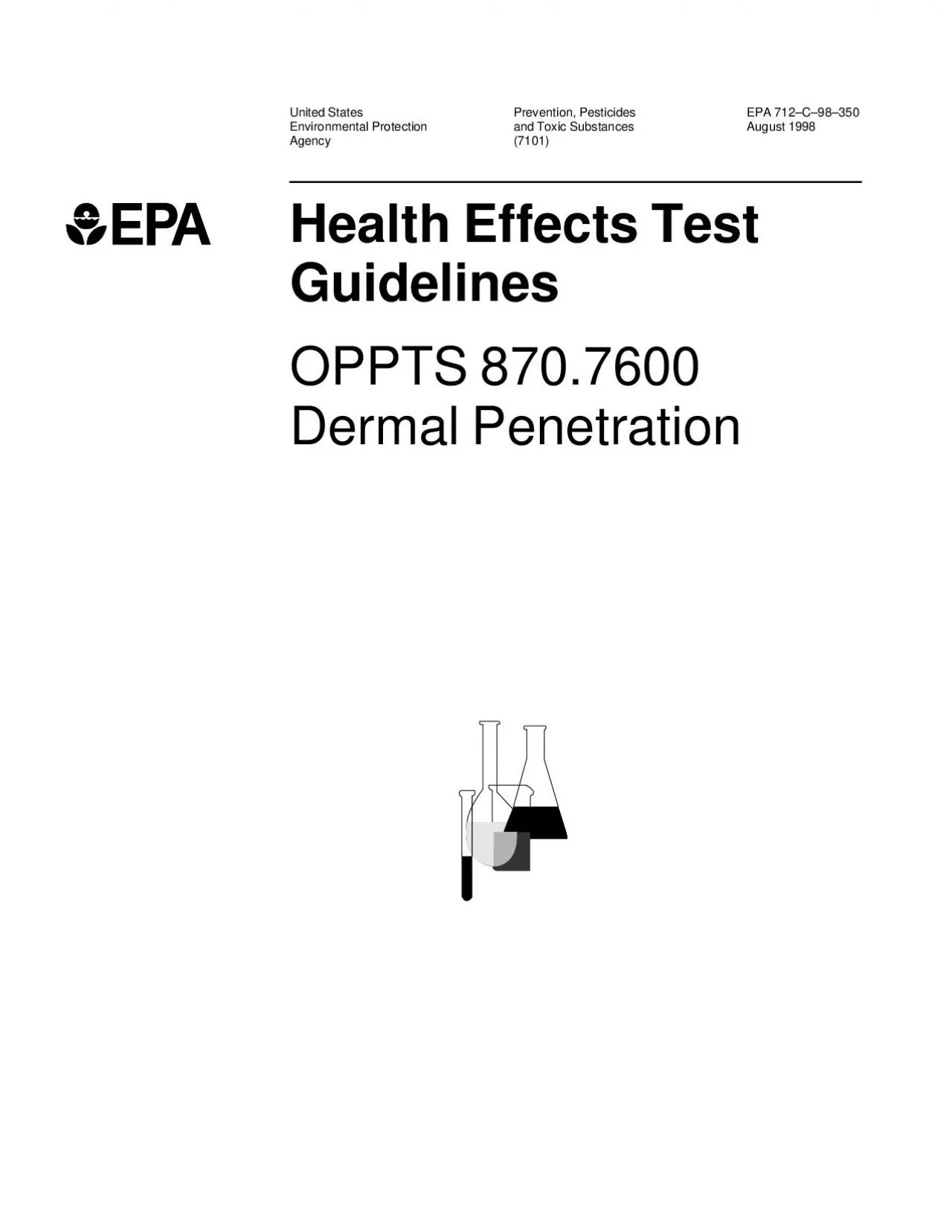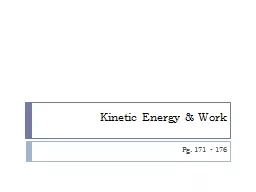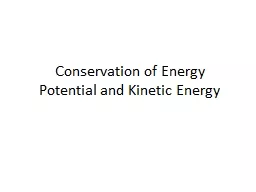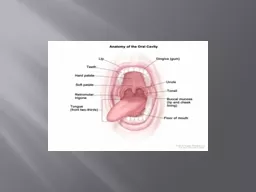PDF-It is recommended that the oral kinetic study be performed before the
Author : cadie | Published Date : 2022-09-02
4 Organtissue collection i If a target organ for the toxic effect of the test compound has been identified it may be useful to determine test compound concentration
Presentation Embed Code
Download Presentation
Download Presentation The PPT/PDF document "It is recommended that the oral kinetic ..." is the property of its rightful owner. Permission is granted to download and print the materials on this website for personal, non-commercial use only, and to display it on your personal computer provided you do not modify the materials and that you retain all copyright notices contained in the materials. By downloading content from our website, you accept the terms of this agreement.
It is recommended that the oral kinetic study be performed before the: Transcript
Download Rules Of Document
"It is recommended that the oral kinetic study be performed before the"The content belongs to its owner. You may download and print it for personal use, without modification, and keep all copyright notices. By downloading, you agree to these terms.
Related Documents














